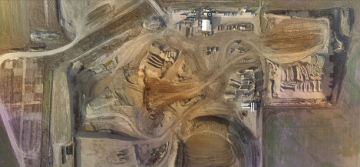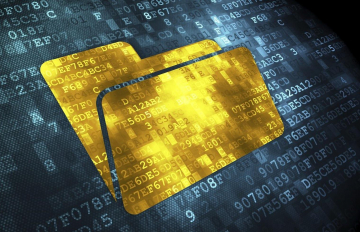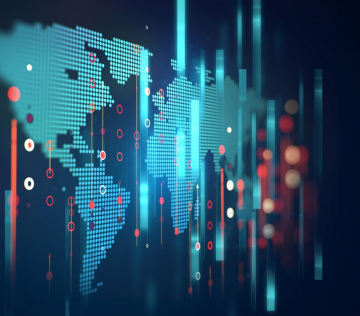While many companies are using business intelligence tools to track financials and production trends, the same level of automation and visualization is often not carried throughout Environmental, Health, Safety, and Sustainability (EHS&S) data reporting.
Many companies go to great lengths, expending significant effort to collect data across their organization and supply chains, but the data is often not utilized to the fullest potential. With so much data being collected, it can be difficult to make sense of it all, let alone know how to share the information across teams or the organization.
This is where using business intelligence can help.
Business intelligence software such as Tableau and Power BI are designed to streamline data processing and present data in clear and meaningful ways. Interactive dashboards can be created in almost every area of EHS&S reporting, from clearly presenting compliance audit results to trending sustainability metrics and developing goals.
Utilizing tools and software to wrangle data enables businesses to make the most of the information they are collecting on a daily basis. Not to mention that with the growth and development of Science-Based Targets, the ability to track data accurately and quickly is more important than ever.
If you’re hesitant about business intelligence or are unsure where to start, we’re here to help! We’re sharing insights on our top 5 benefits to using business intelligence to help you get on board, as well as a few innovative examples of visual dashboards utilizing this data.
1. Automate Data Processing
Manual data processing is time-intensive and leaves plenty of room for human error. Even if data is stored within a database, reporting outputs don’t often give you the information that you need. One of the main benefits of using business intelligence platforms for your data is that it allows you to automate these processes. This automation will save you time and limit room for error, making your data more accessible, accurate, and efficient.
2. Drill Down into Data
Business intelligence platforms allow you to explore data in new ways and gain new perspectives. Tools can be developed to quickly filter and view your data in different ways. The example below provides an incident summary which can quickly be filtered by dates and details pertaining to the incident. The filters on the top of the dashboard allow for the user to drill into the incidents by cause, type, outcome, area affected, and object causing injury. Additionally, the view can be changed to show the number of incidents or number of days away.
3. Quickly Identify Issues
We’ve all been there, spending hours staring at a spreadsheet trying to make sense of the data . Tools like Tableau and Power BI empower you to easily identify issues with your data and determine its validity. The visualization of data can tell you more in a quick glance than looking through numbers on a spreadsheet.
4. Understand Drivers Behind Data Real-Time
Using business intelligence tools makes data more accessible and easier to use in real-time. All too often, companies are only reporting on important metrics once a quarter or even once a year, which makes it difficult to be proactive in response to the data. By using interactive dashboards, you can view up-to-date data and make accurate, timely decisions. Having this information in real-time also helps better understand what is driving the data and where changes need to be made.
The dashboard above was designed to visualize and analyze incident data, specifically looking for geographical trends in average incidents per store. This dashboard is fully interactive and provides the ability to slice and dice data through the following different lenses:
- accident cause
- injury type
- overtime
- lost time and modified duty
5. Visualize and Interpret Results
Sometimes just looking over a spreadsheet doesn’t tell the whole story. Using dashboards to pictorialize data helps you see the bigger picture. Visualization makes it easier to convey and explain the results of data to others who might not be as data-savvy, or to quickly communicate the most important points to executives without wandering too far into the weeds. Whether communicating to internal or external stakeholders, these visuals help simplify communication to share the data in an accessible, understandable manner. The dashboard below is an example of how EHS data can be better utilized and more easily understood through the use of visuals.
Whether you’re a data expert or a novice looking to learn more about data management, digitizing your data can help. From making data management easier, to gaining new insights from existing data, to driving decisions, visualizing your data offers great benefits.
To learn more, visit our EHS Data and Knowledge Management page or contact us to start making the most of your data.
EHS Data and Knowledge ManagementWant more news and insights like this?
Sign up for our monthly e-newsletter, The New Leaf. Our goal is to keep you updated, educated, and even a bit entertained as it relates to all things EHS and sustainability.
Get e-NewsletterHave any questions?
Contact us to discuss your environment, health, safety, and sustainability needs today.







